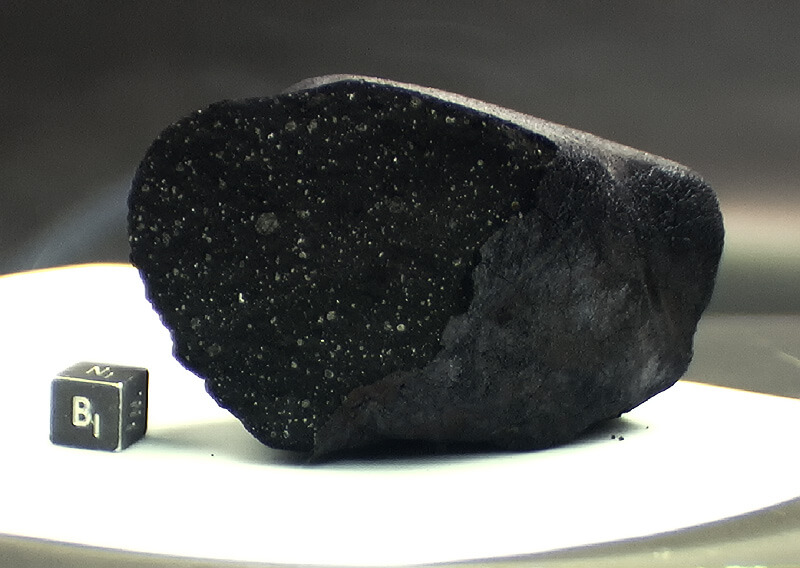Having analyzed carbonate minerals in a meteorite that fell in 2000 to Lake Tagish in western Canada, an international team of scientists was able to estimate the amount of dry ice contained in its parent asteroid, which indicated that it had formed in the backyard of the Solar System, and then migrated to its interior is located between Mars and Jupiter.
For the first time we were able to obtain experimental evidence that some of the objects located in the main asteroid belt were formed in the outer region of the solar system.
Today, most asteroids are concentrated in the main asteroid belt between the orbits of Mars and Jupiter. Theoretical models suggest that some of them were born in a cold environment, far beyond the orbit of Jupiter, and then moved closer to the Sun. The reason for this, according to astronomers, were the gravitational perturbations of the giant planets, whose orbits at the dawn of the formation of the Solar System were unstable.
These models can be tested by analyzing asteroid fragments, which from time to time fall to Earth in the form of meteorites. The abundance of volatile elements in them, such as carbon compounds, can be used as a marker of the temperature of the environment in which astroids were formed, which will allow us to determine their initial distance from the Sun.
The subject of this study was a meteorite from Lake Tagish, for which an analysis was made of the ratio of carbon isotopes (carbon-13 to carbon-12), in abundance contained in its carbonate minerals. As a result, scientists found out that the carbon in them was probably derived from dry ice contained in the parent meteorite asteroid.
Plus, the ratio of carbon isotopes in dry ice and the ratio of carbon dioxide to water in the original object were similar to those seen on comets. These results show that the asteroid, of which the meteorite from Lake Tagish was a part, probably belonged to class D, which was formed under conditions of extremely low temperature.
The team’s results show that carbonate minerals in meteorites can tell about the abundance of dry ice contained in parental asteroids, and this, in turn, is a good marker of the temperature of the environment in which they were formed. In addition, the similarity between D-class asteroids and comets indicates the possibility of obtaining information about ice guests and trans-Neptunian objects from the analysis of this type of asteroids, which is extremely important for understanding the history of the formation and evolution of planets.
Evidence of asteroid migration obtained
Click To Tweet
The post Evidence of asteroid migration obtained appeared first on Upcosmos.com.
